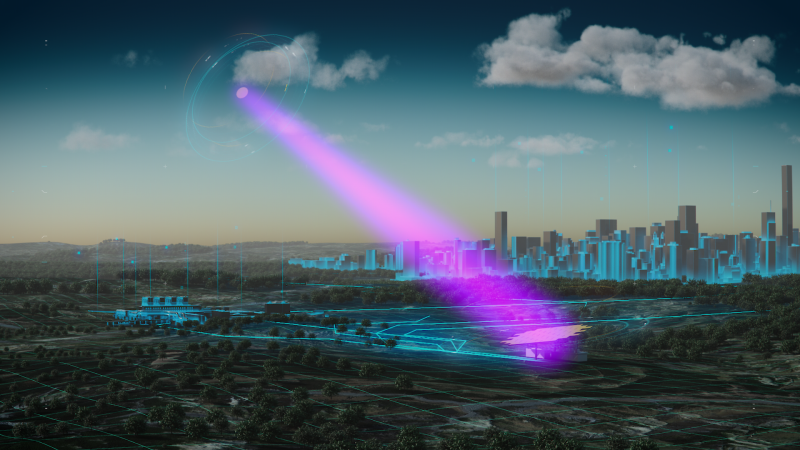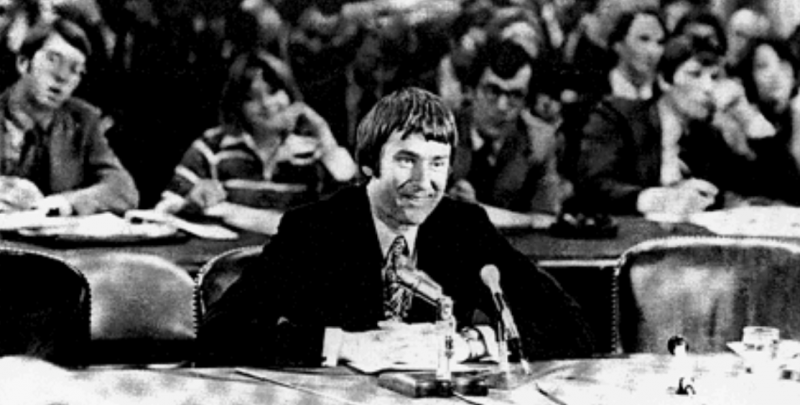
Space-based solar power
The European Space Agency (ESA) released this artist’s concept on November 9, 2022, showing its concept for space-based solar power. Likewise, proponents recently demonstrated the concept of wireless power transmission at the Airbus’ X-Works Innovation Factory in Munich, Germany. Now, the demonstration is part of ESA’s SOLARIS proposal, to be presented to Europe’s space ministers at a council meeting on November 22-23. More specifically, ESA said the information will help:
Agency Member States to make an informed choice on future implementation of space-based solar power as a new source of clean, always-on ‘baseload’ power supplementing existing renewable power sources. [It can help] Europe to attain net zero by mid-century.
Harvesting sunlight 24/7
Additionally, ESA went on to explain:
Using microwave beaming, green energy was transmitted between two points representing ‘Space’ and ‘Earth’ over a distance of 36 meters (39 yards).
The received power was used to light up a model city, produce green hydrogen by splitting water and even to produce the world’s first wirelessly cooled 0% alcohol beer in a fridge before serving to the watching audience.
For a working version of a space-based solar power system, solar power satellites in geostationary orbit would harvest sunlight on a permanent 24/7 basis then convert it into low-power density microwaves to safely beam down to receiver stations on Earth. The physics involved means that these satellites would have to be large, on the order of several kilometers in size. They would generate the equivalent power of a typical nuclear power station. [The large size would also be the case] for the collecting rectennas down on Earth’s surface.
We just need to make it work
Moreover, ESA said that achieving this vision would require technical advancements in multiple areas. It would require advances in space manufacturing and robotic assembly, low-cost high-efficiency photovoltaics, high-power electronics and radio-frequency beam forming. In addition, there’s also a need for further research to confirm benign effects of low-power microwaves on human and animal health. Also, they would study the compatibility of the microwave beams with aircraft and satellites. ESA commented:
In addition, any breakthroughs achieved in these areas will also benefit many other spaceflight endeavors, as well as terrestrial applications.
Looking at the issue of space-based solar power this morning, I quickly ran into an essay mentioning Gerard O’Neill. As Dwayne Day wrote on February 28, 2022:
Gerard K. O’Neill, although no longer in the wider public consciousness, was at one time the most well-known advocate for a human future in space. In the 1970s, O’Neill’s vision of giant cities in space was briefly in the zeitgeist. He made television appearances and gave talks and even spawned a pro-space movement with the formation of the L-5 Society. O’Neill’s vision was tied to the concept of space-based solar power, an idea that was even evaluated by NASA and big aerospace companies around the same time …
History of space-based solar power
By all means, Day’s essay is an interesting read, if you want to learn more about the origin and history of the idea of space-based solar power.

Bottom line: Space-based solar power is a long-held dream of space visionaries. ESA will present a plan to implement it at an upcoming council meeting later this month.











